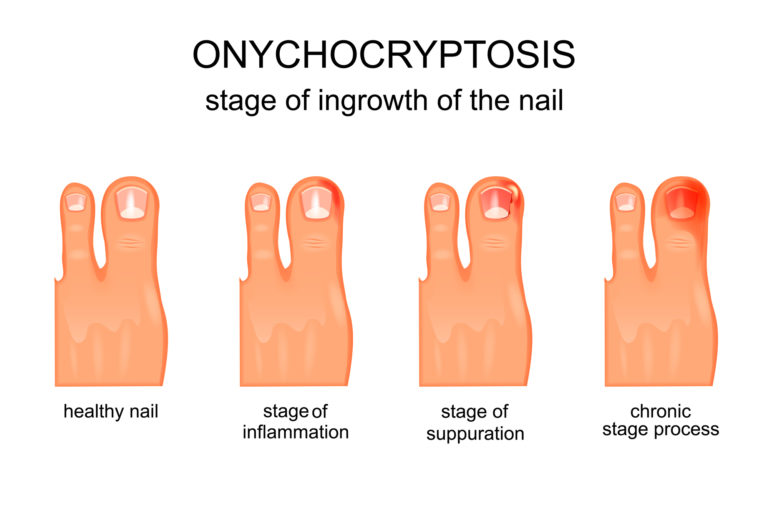
There are a number of ingrown toenail medications that can be used to treat this condition. Some are more effective than others. If the ingrown toenail is recurring, persists for more than two weeks, or is asymptomatic, you should see a doctor. The doctors at Northeastern Foot & Ankle will be able to give you more detailed advice. If you think you have an infection, consult a doctor as soon as possible.
Treatment for an ingrown toenail depends on its cause. Untreated, ingrown toenails can lead to septicemia, or bacterial infection of the bloodstream. In addition, if you have a weak immune system, it can cause further injury to other joints. It is therefore essential to get medical treatment as soon as possible. If you suspect an underlying condition, you should seek medical attention. Ingrown toenail medications may include antibiotics or a minor surgical procedure. The procedure will remove part of the side border of the toenail. During this procedure, a local anesthetic will be used.
If you don’t see improvement in a couple of days, it is best to seek medical attention. Ingrown toenail symptoms are a warning sign that an infection may be present. If you’re already suffering from a medical condition, a medical professional will prescribe antibiotics and perform a minor surgical procedure. The procedure involves cutting part of the side border of the nail with a local anesthetic.
Over-the-counter pain relievers may also be used. While these medications are effective at relieving the pain, they can cause some side effects, including stomach upset and diarrhea. Taking over-the-counter pain relievers is highly recommended and safe. Investing in a toe protector is another good idea. These devices can help provide a cushion barrier for an ingrown toenail and can be purchased from a pharmacy. Some of them even come with medicated gel that can be applied directly to the area to reduce discomfort.
Home remedies for ingrown toenail pain are available at your local drug store. The Mayo Clinic recommends using a cotton swab to keep the ingrown nail from spreading. Likewise, dental floss can be used to remove the ingrown toenail. However, these methods can only be effective for a few days before you need to visit a doctor. A visit to the doctor will usually include antibiotics, and possibly a minor surgical procedure to remove part of the ingrown toenail. A splint will be used for the procedure.

Ingrown toenail medications can help relieve the pain associated with the condition. Among the many treatments for ingrown toenail are oral and topical treatments. These remedies can help alleviate the pain and inflammation of the affected toenail. There are several ingrown toenail treatments available, and the doctor may suggest one that best suits your specific needs. These remedies are based on the symptoms of the ingrown toenail.
Depending on the severity of the condition, an ingrown toenail medication can help relieve the pain associated with it. Some of these remedies are very effective, and they can be used at home. If the ingrown toenail is only mildly ingrown, you can try using cotton or dental floss under the edge of the nail. You can also try placing a splint under the nail to separate it from the overlying skin.
There are several cures for ingrown toenails on the market. Ingrown toenails can be extremely painful and infected, and treatment may include various procedures and antibiotics. Medications for an ingrown toenail may include oral antibiotics and homeopathic remedies. If you have diabetes, you should contact your doctor immediately. A minor surgical procedure may be required to remove an ingrown toenail.
A doctor may recommend a course of antibiotics for patients with an ingrown toenail. Several types of ingrown toenail medications have been proven to relieve the pain associated with an ingrown toenail. In addition to antibiotics, treatment for an ingrown toenail may also include home remedies. Read about home remedies at https://www.chocolatefactory.co.th/. Some of the most common home remedies include soaking the affected finger in warm water. Treatment should be repeated regularly to avoid infection.